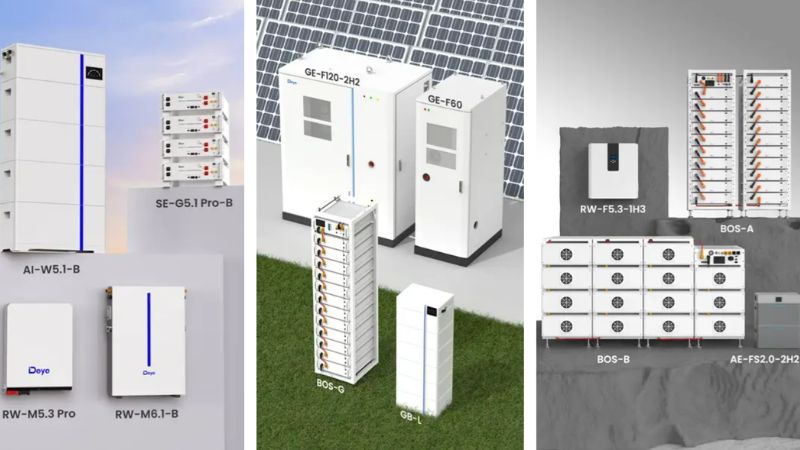Solar energy is popular for both residential and commercial applications. With various battery technologies available in the market, many solar system owners find themselves comparing AGM and Gel batteries, two common lead-acid battery variants. However, there’s a more advanced solution that’s revolutionizing solar energy storage: LiFePO4 batteries.
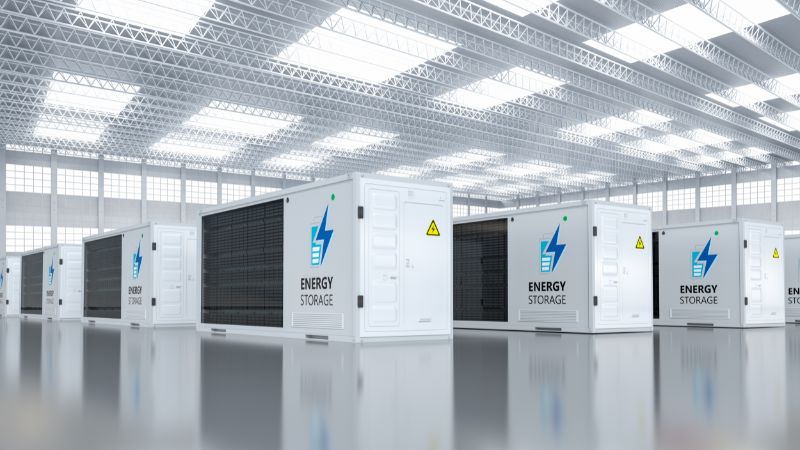
Understanding Solar Battery Storage Fundamentals
Before exploring specific battery types, you should first understand what makes a battery suitable for solar applications. Solar batteries need to handle:
- Daily charge and discharge cycles
- Varying weather conditions
- Long periods of partial state of charge
- Deep discharge scenarios
- Variable charging rates from solar panels
The chemistry and construction of your chosen battery directly impact how well it performs these crucial functions, ultimately affecting your system’s efficiency and lifespan.
What are AGM Batteries
Absorbent Glass Mat (AGM) batteries have long been a go-to choice for solar installations, and for good reason. These batteries belong to the Valve Regulated Lead Acid (VRLA) family and offer several advantages over traditional flooded lead-acid batteries.
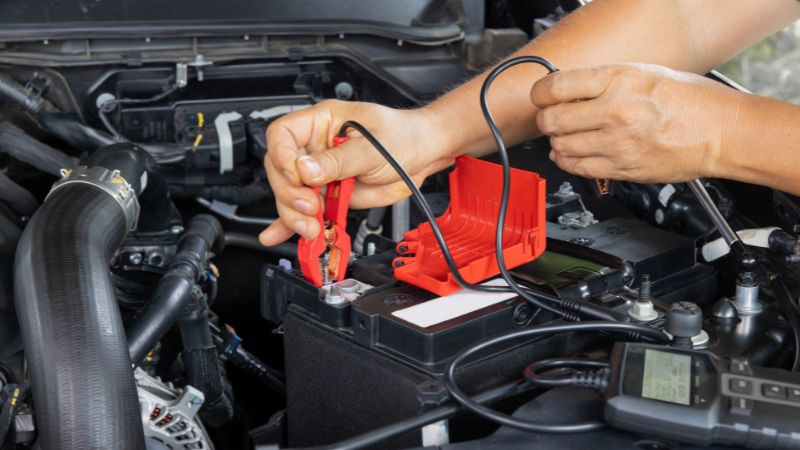
How AGM Batteries Work
AGM batteries use a special fiberglass mat separator that absorbs and immobilizes the acid electrolyte. This design:
- Prevents acid spills
- Allows for faster charging
- Reduces internal resistance
- Eliminates the need for regular watering
Key Advantages of AGM Batteries
- Maintenance-Free Operation
- No water additions required
- No acid checks needed
- Sealed construction prevents spills
- Installation Flexibility
- Can be mounted in various positions
- Suitable for indoor installation
- No special ventilation requirements
- Performance Characteristics
- Good short-term power delivery
- Reliable in moderate temperatures
- Resistant to vibration
- Lower internal resistance than flooded batteries
Limitations of AGM Technology
Despite their popularity, AGM batteries have several drawbacks:
- Limited cycle life (typically 500-800 cycles)
- Sensitive to overcharging
- Performance degrades in high temperatures
- Maximum discharge depth of 50% for optimal lifespan
- Heavy weight compared to newer technologies
What Are Gel Batteries
Gel batteries represent another solar storage option within the VRLA (Valve-Regulated Lead Acid) family, distinguished by their unique electrolyte formulation. Instead of a liquid acid solution, these batteries use a gelatinous electrolyte created by mixing sulfuric acid with silica fume – a combination that improves safety while presenting different performance characteristics.
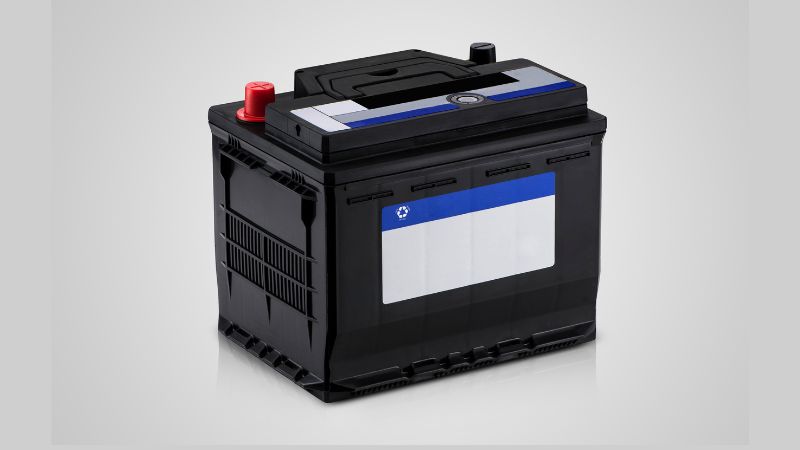
How Gel Batteries Work
The thickened electrolyte solution:
- Immobilizes acid molecules between silica particles
- Provides inherent spill-proof protection
- Creates self-sealing properties when damaged
- Slows down gas recombination during charging
Key Advantages of Gel Batteries
- Deep Discharge Resilience
Safely handles 60-70% depth of discharge (DoD) vs AGM’s 50-60% - Extended Cycle Life
Lasts 600-1,000 cycles versus AGM’s 500-800 cycles - Temperature Tolerance
Function range: -40°C to 65°C (AGM: -20°C to 60°C) - Maintenance-Free Operation
No equalization charging required - Slow Self-Discharge
Loses only 1-3% charge monthly (AGM: 3-5%)
AGM vs. Gel: Detailed Technical Comparison
| Feature | AGM Batteries | Gel Batteries | Solar System Impact |
| Charging Voltage | 14.4-14.8V | 14.0-14.4V | AGM better for variable solar input |
| Discharge Rate | 20C (instantaneous) | 5C (continuous) | AGM handles load spikes better |
| Recharge Time | 4-6 hours | 8-10 hours | AGM better suited for partial sun days |
| Ventilation Needs | Minimal | None | Gel more flexible in enclosed spaces |
| Sulfation Risk | Higher below 80% charge | Lower due to gel matrix | Gel better for backup systems |
| Cost per kWh Cycle | $0.30-$0.50 | $0.25-$0.45 | Gel cheaper in high-cycling scenarios |
Practical Use Case Scenarios
When AGM Makes Sense:
- Off-grid cabins needing quick charge recovery
- Systems with frequent high-load bursts (e.g., pumps)
- Budget-conscious installations with predictable use
When Gel Performs Better:
- Extreme temperature environments
- Backup systems with irregular usage
- Applications requiring deep discharges
- Locations with space constraints
Shared Limitations of Lead-Acid Technology
Whether choosing AGM or Gel, both technologies face these inherent constraints:
- Physical Weight
Typical 12V 100Ah battery:
AGM: 67-77 lbs | Gel: 69-79 lbs vs LiFePO4: 22-33 lbs - Charge Acceptance Decline
Capacity loss begins after 300-400 cycles - Voltage Sag
Output drops significantly below 50% state of charge - Storage Requirements
Both require full recharge within 24h of discharge - Replacement Costs
Need complete bank replacement vs LiFePO4 stackable capacity
“While AGM and Gel batteries have served solar users for decades, technological advancements now offer a superior alternative that eliminates these limitations altogether…”
LiFePO4: The Solar Storage Game Changer
While AGM and Gel batteries dominated solar installations for years, lithium iron phosphate (LiFePO4) technology has redefined performance benchmarks. Unlike traditional lead-acid chemistry, these batteries employ non-toxic iron phosphate cathodes that deliver unprecedented efficiency and longevity – making them the smart choice for modern solar systems.
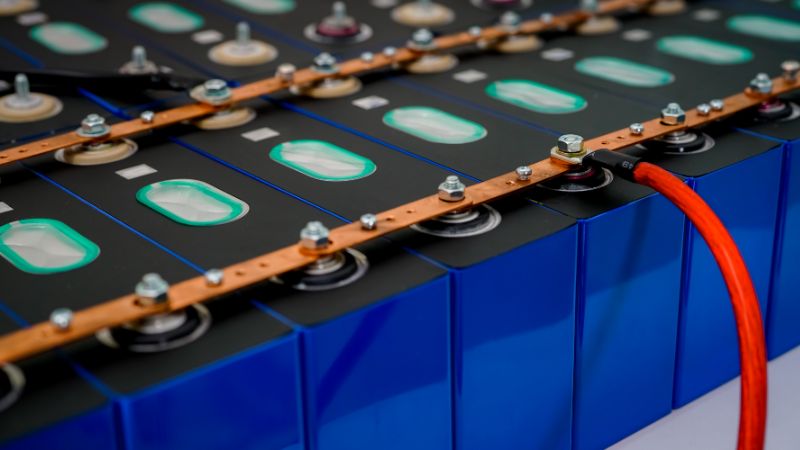
8 Reasons LiFePO4 Outperforms AGM & Gel
- Lifespan Revolution
- 3,000-5,000 cycles vs 600-1,000 in Gel/AGM
- Example: Daily cycling = 8-13 years vs 1.6-2.7 years
- Deep Discharge Freedom
- 80-100% DoD without damage
- Effectively doubles usable capacity vs AGM
- Weight Efficiency
- 12V 100Ah comparison:
AGM: 66 lbs | Gel: 70 lbs | LiFePO4: 31 lbs - Reduce structural reinforcement costs
- Zero Maintenance
- Auto-balancing cells
- No equalization charging
- Built-in Battery Management System (BMS)
- Charge Flexibility
- Partial charging doesn’t degrade capacity
- Charges 3x faster than lead-acid alternatives
- Temperature Resilience
- Operational range: -20°C to 60°C
- No capacity loss at freezing temps
- Space Savings
- 200Ah LiFePO4 vs AGM: 30% smaller footprint
- Cost Efficiency
- 10-year cost per kWh:
AGM: $0.42 | Gel: $0.38 | LiFePO4: $0.09
Technical Comparison: Battle of the Chemistries
| Parameter | AGM | Gel | LiFePO4 |
| Energy Density | 30-50 Wh/kg | 30-45 Wh/kg | 90-160 Wh/kg |
| Round-Trip Efficiency | 80-85% | 80-85% | 95-98% |
| Self-Discharge/Month | 3-5% | 1-3% | 1-2% |
| Recharge Time (0-100%) | 8h | 10h | 2-3h |
| Recyclability | 98% | 98% | 100% (certified) |
Real-World Solar Performance Example
5kW Solar System with 10kWh Storage
| Metric | AGM | LiFePO4 |
| Annual Degradation | 15-20% capacity loss | <3% capacity loss |
| Usable Energy/Day | 5kWh (50% DoD) | 9kWh (90% DoD) |
| Replacement Cycles | 4 replacements in 10 years | Zero replacements |
| Total Lifetime Cost* | $18,400 | $7,200 |
*Includes purchase, installation, maintenance
Maximizing Solar ROI with LiFePO4: Cost Analysis & Transition Guide
While LiFePO4 batteries carry a higher upfront cost than AGM/Gel options, their long-term value proposition is unmatched. Let’s dissect the financial benefits and practical steps to upgrade your solar storage system.
10-Year Total Cost of Ownership Analysis
Scenario: 10kWh Solar Storage System
| Cost Factor | AGM | Gel | LiFePO4 |
| Initial Purchase | $2,800 | $3,200 | $6,500 |
| Replacements Needed | 4 | 3 | 0 |
| Replacement Costs | $11,200 | $9,600 | $0 |
| Energy Losses* | $2,340 | $2,080 | $520 |
| Maintenance Costs | $600 | $400 | $0 |
| Total 10-Year Cost | $16,940 | $15,280 | $7,020 |
*Calculated at $0.15/kWh, 15% system losses for lead-acid vs 3% for LiFePO4
Government Incentives & Rebates
Many jurisdictions now incentivize lithium solar storage upgrades:
- Federal Tax Credit (US): 26-30% of system cost
- SGIP (California): Up to $200/kWh for storage
- Local Utility Rebates: $500-$1,500 per installed kWh
- Accelerated Depreciation (Business): 50% bonus depreciation
Example Savings:
$6,500 LiFePO4 system → $1,950 tax credit → Effective cost: $4,550
Deye Solar Battery Solution – Designed for Tomorrow
At Deye, we are committed to advancing solar energy storage with our cutting-edge battery solutions that are designed for the future of energy. Our Low Voltage (LV) and High Voltage (HV) series batteries utilize lithium iron phosphate (LiFePO4) technology, which sets a new standard in safety, efficiency, and performance.
Key Features:
- Safe and Reliable: Our LiFePO4 batteries reduce thermal runaway risk, ensuring safety for residential and commercial applications.
- Longevity: With over 6,000 cycles and a lifespan exceeding ten years, Deye batteries secure your investment.
- Modular Design: Ranging from 5kWh to larger capacities, our batteries allow for scalable energy solutions.
- High Efficiency: Achieving round-trip efficiencies up to 97.6%, Deye batteries maximize the usability of captured solar energy.
- Flexible Installation: IP65 rated for dust and water protection, our batteries suit various environments for indoor and outdoor use.
- User-Friendly Monitoring: Intelligent BMS ensures automatic cell balancing and performance monitoring for seamless integration.
- Future-Ready: Deye batteries are designed to meet evolving energy needs, promoting grid independence and efficiency.
Choose Deye for innovative, reliable energy storage solutions that are ready for the future. Discover our products: Deye Low Voltage Series | Deye High Voltage Series | New Arrivals.
